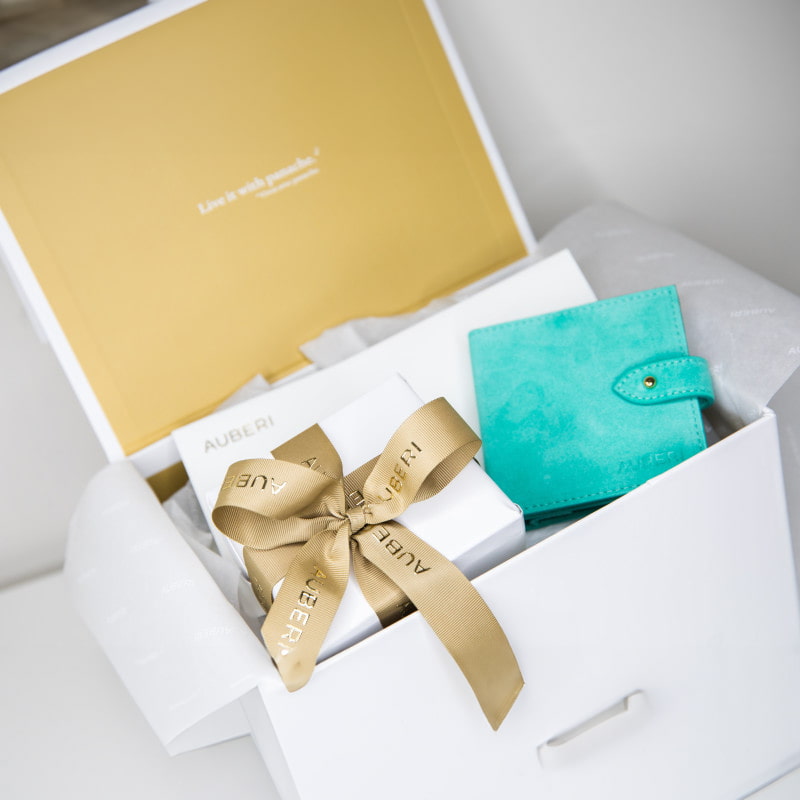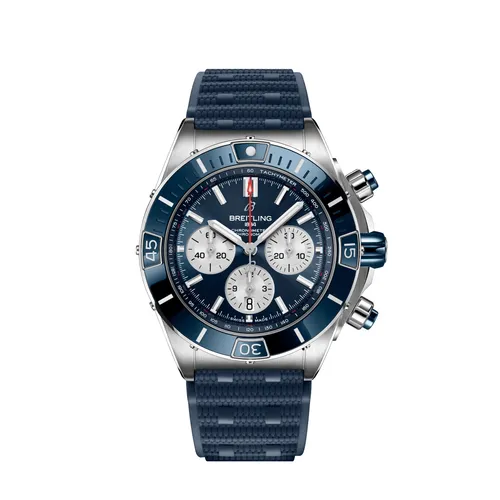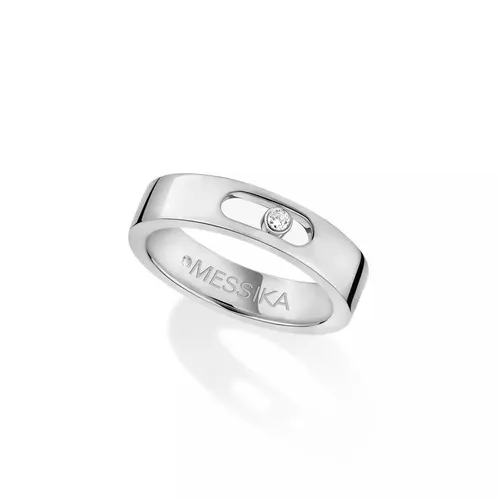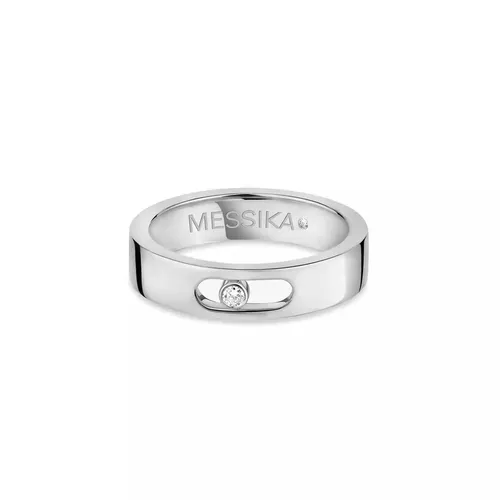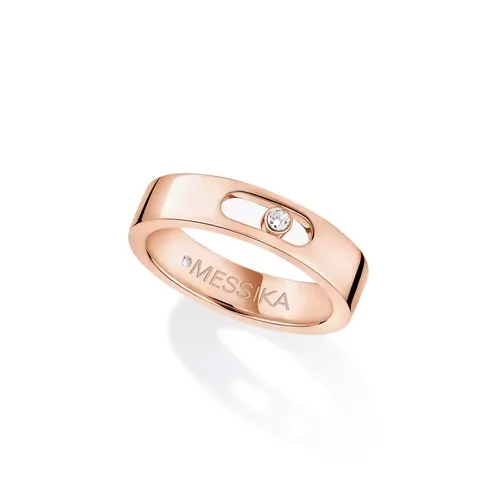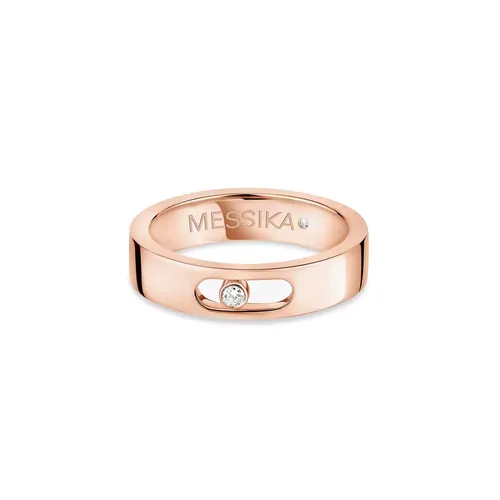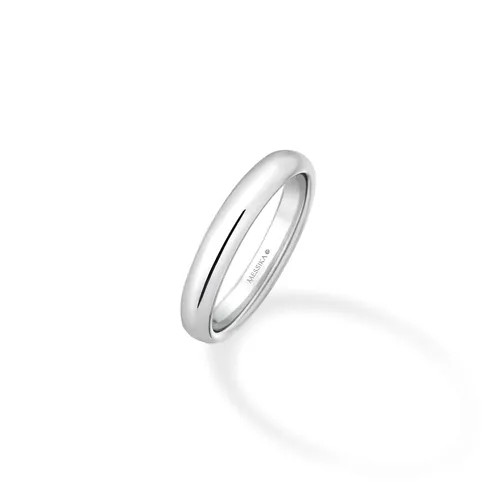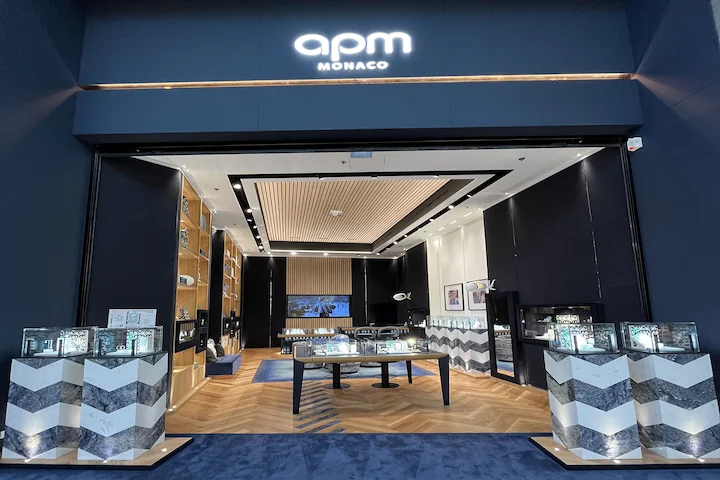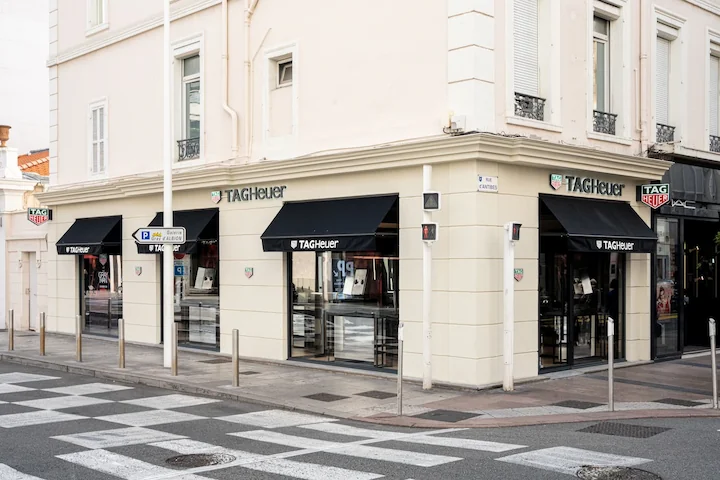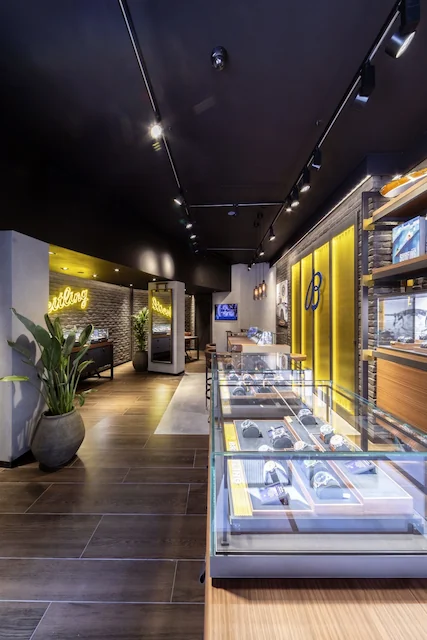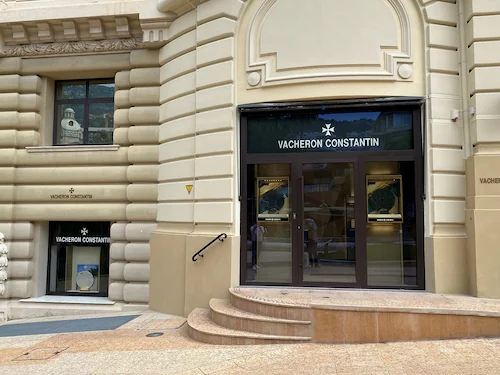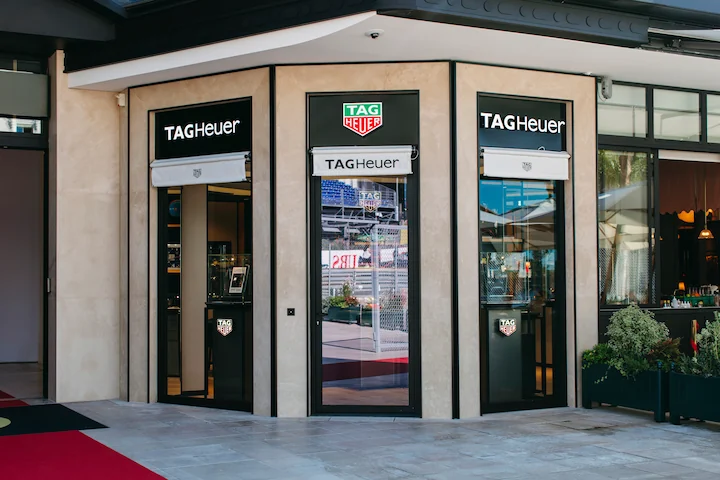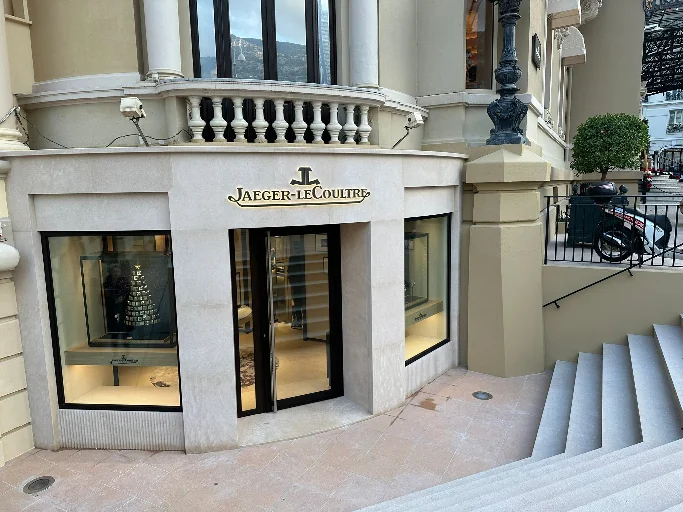Tudor
- Rolex
- All brands
-
Watches
![Tank Must de Cartier XL...]()
![Tank Must de Cartier XL...]()
Tank Must de Cartier XL Model Watch
41 mm steel case, self-winding movement, steel bracelet
5,800 €In stock![Santos-Dumont de Cartier...]()
![Santos-Dumont de Cartier...]()
Santos-Dumont de Cartier Watch Small Model
38 mm steel case, quartz movement, leather strap
4,700 €In stock![Breitling Super Chronomat...]()
![Breitling Super Chronomat...]()
Breitling Super Chronomat B01 44 watch
44 mm steel case, self-winding movement, rubber strap
9,850 €In stock![Omega Chronoscope...]()
![Omega Chronoscope...]()
Omega Chronoscope Chronograph Co-Axial Master Chronometer Watch
43 mm steel case, self-winding movement, leather strap10,000 €In stock![Omega Diver 300M...]()
![Omega Diver 300M...]()
Omega Diver 300M Chronograph Co-Axial Master Chronometer Watch
44 mm steel case, self-winding movement, rubber strap9,000 €In stock![Blancpain Fifty Fathoms...]()
![Paquet Auberi]()
Blancpain Fifty Fathoms Bathyscaphe Watch
43.6 mm ceramic case, self-winding movement, fabric strap14,850 €In stock -
Jewelry
![Messika Wedding Ring Size...]()
![Messika Wedding Ring Size...]()
Messika Wedding Ring Size 52 Diamond Paved Yellow Gold Move Joaillerie
yellow gold, white diamond
4,100 €In stock - Our stores
Manufacturing Secrets : Cartier Watches

In the highly exclusive world of luxury watchmaking, Cartier stands out as both a guardian of tradition and an insatiable innovator. Behind every Cartier watch lie manufacturing secrets forged at the crossroads of artistic craftsmanship, exceptional technique, and a constant quest for perfection. Together, let's dive into the heart of the brand's legendary workshops and discover the invisible mechanisms that make each Cartier watch a work of art and precision.
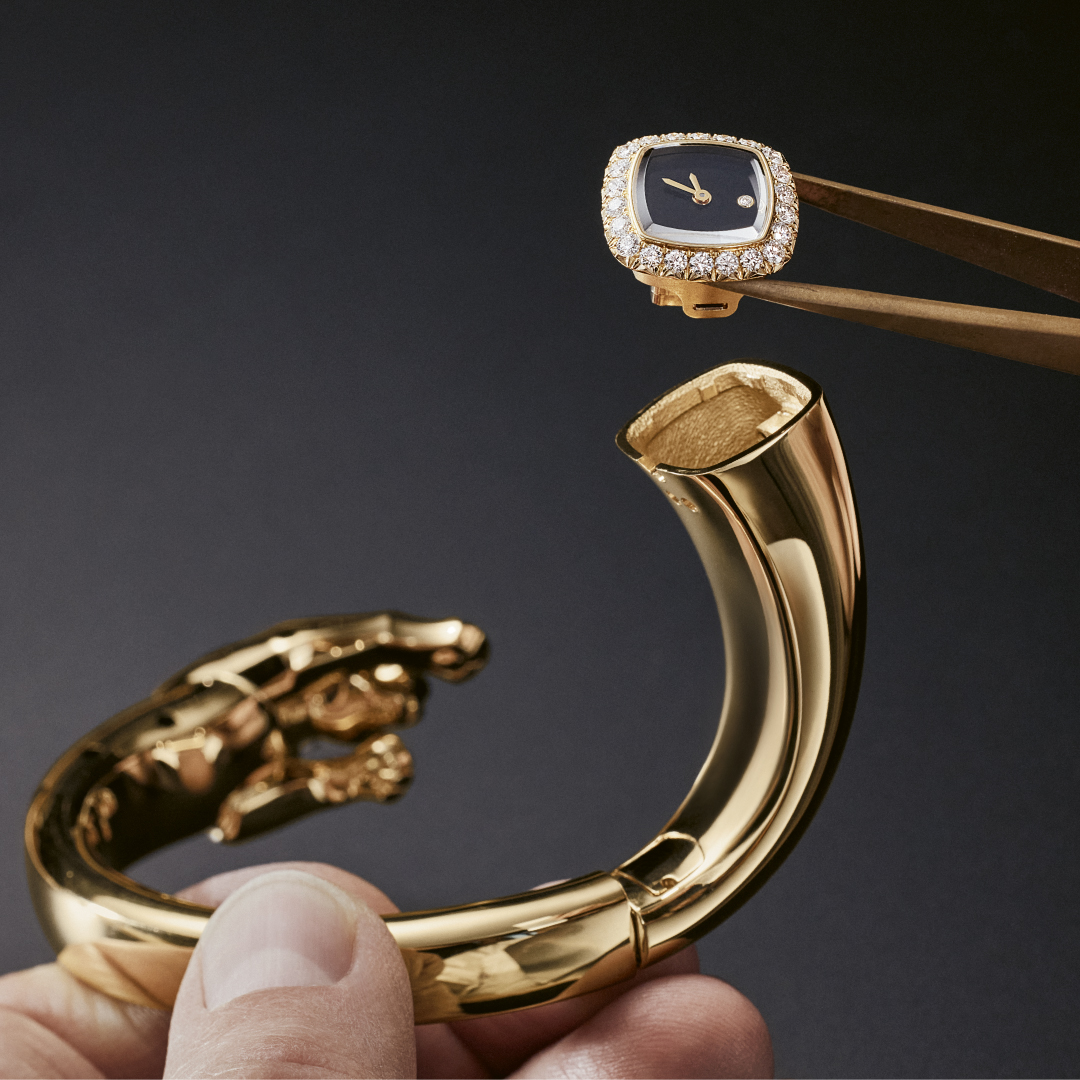
An exceptional manufacture
In the heart of La Chaux-de-Fonds, Switzerland, the Cartier Manufacture brings together the entire creative process under one roof: from design to final assembly, nearly 120 different trades come together in a space covering approximately 33,000 square metres. This vertical organisation allows Cartier to exercise rigorous control over each stage and guarantees meticulous monitoring, from the design of the movements to the polishing of the case, whether for Cartier men's watches or Cartier women's watches.
The Maison des Métiers d'art, located nearby, is the perfect embodiment of this desire to preserve craftsmanship, pass it on and reinvent it. This creative space is home to expert watchmakers skilled in crafts that are sometimes thousands of years old, from metalworking to marquetry, engraving, enamelling and gemstone setting, techniques that can be found in particular on Cartier Panthère women's watches.
Precision and rare materials
Cartier stands out first and foremost for its meticulous choice of materials. The watches are crafted from gold, platinum, steel, and silver, as well as semi-precious stones and diamonds, selected for their beauty, durability, and uniqueness. Each element, from the case to the buckle, is carefully selected, contributing to the prestige of the final piece.
Straps, once simple fastenings, have become a source of creativity and refinement at Cartier. Leather experts hand-select precious leathers, while metal versions are brushed or polished, a distinctive feature of the Maison. This attention to detail is particularly evident in the bracelets of Cartier's Tank Française watches, recognisable by their integrated links.
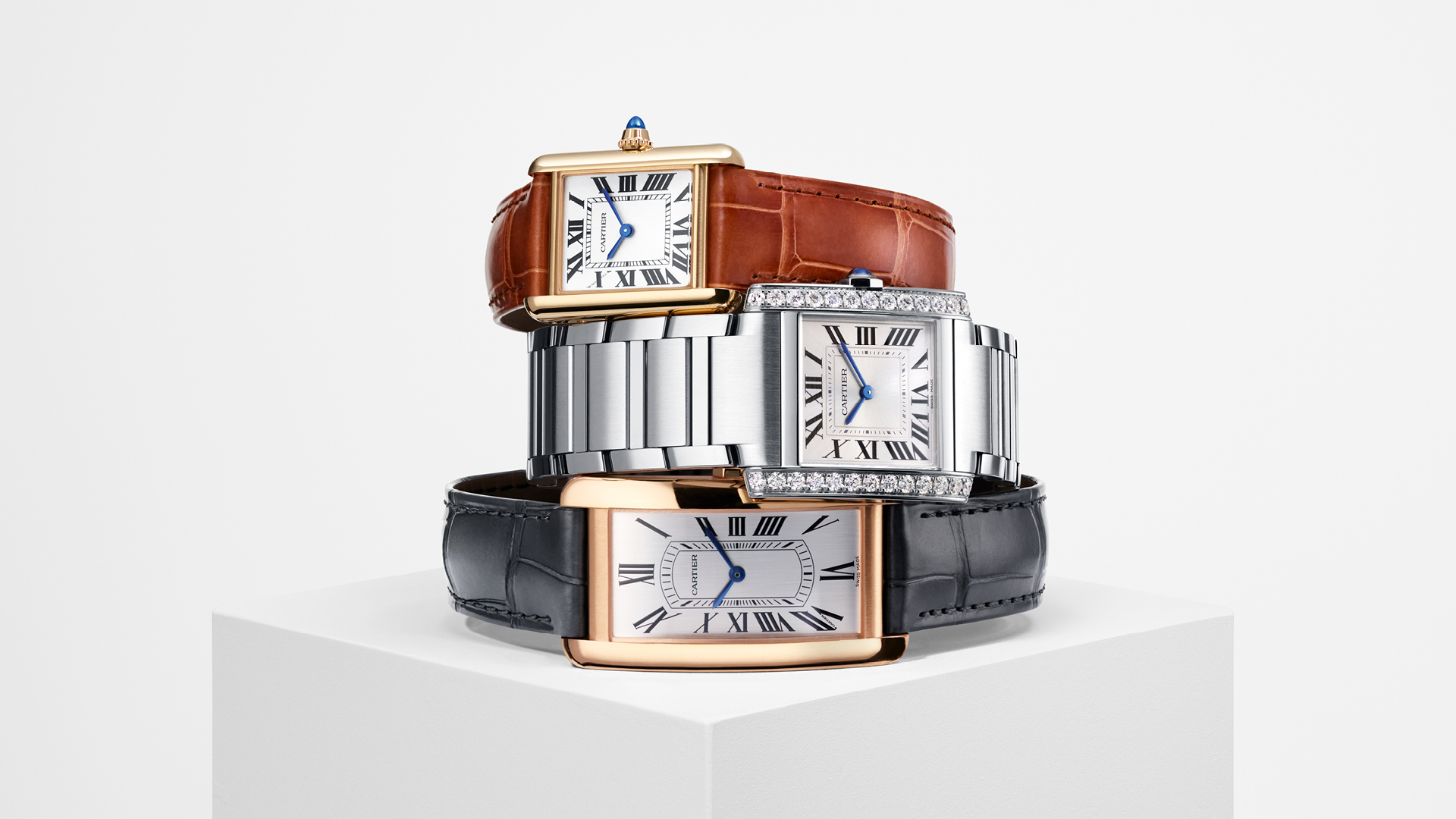
Blued hands
A signature detail distinguishes many Cartier watches: blued hands. The watch hands are cut to the nearest micron, polished, then blued in an oven at around 300°C—an operation timed to the nearest second (340°C in some cases): the shade of blue must be identical from one type of hand to another for perfect visual consistency. This iconic signature can be found on the Tank Louis Cartier watches and the Ballon Bleu de Cartier watches, among others.
Each hand is then sorted and matched to ensure perfect uniformity in the final watch: no detail is left to chance.
Mineral crystals
To fit the original shapes of the cases, Cartier shapes its crystals using heat (over 500°C), then models them with extreme precision. This process, in which each step is crucial to ensuring water resistance and solidity, can take up to two weeks. Pasha Cartier watches, with their protected screw-down crown, particularly benefit from this expertise to guarantee their water resistance.
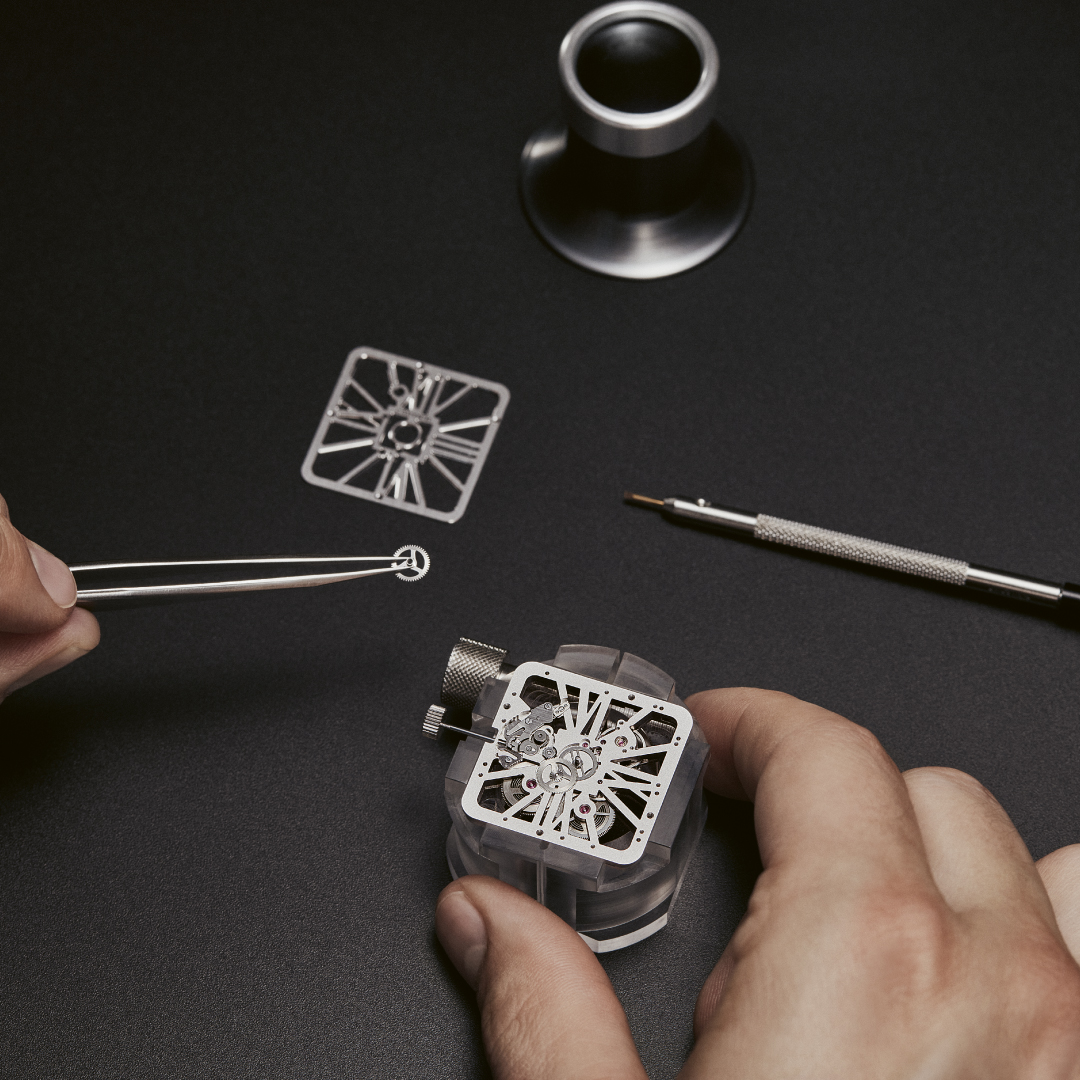
The delicate art of movement
One of Cartier's major secrets lies in the design of its in-house movements, the true driving force behind its exclusive timepieces. The creation of a complicated movement — such as the famous tourbillon, a symbol of technical virtuosity — requires years of development and brings together dozens of specialists: engineers, watchmakers, designers, developers and decorators. This ballet of skills results in timepieces of extreme reliability and finesse, often individually numbered. Cartier's Santos Skeleton watches showcase this expertise by revealing the beauty of the movement through an openwork dial.
The heart of the watch, the mechanical movement, is assembled by hand: each component, sometimes measuring just a tenth of a millimetre, is carefully adjusted to ensure precision and longevity. Cartier masters the manufacture of automatic calibres as well as highly complicated and manually wound movements. This technical diversity is reflected in Cartier's automatic Tank watches, where mechanical sophistication is combined with elegant design.
The magic of artistic crafts
The Cartier dial does more than simply tell the time: it becomes an artistic miniature, a playground for the Maison's boundless creativity. The craftsmen use rare techniques:
● Guilloché: engraving metal with complex, regular patterns, giving the dials their recognizable texture and unique light reflection.
● Enamelling/Miniature painting: thin layers of coloured powder are applied and then fired at high temperatures to reveal exceptionally delicate patterns, such as the panther, Cartier's iconic symbol, which can be seen on Panthère Cartier watches.
● Marquetry: wood, straw, mother-of-pearl, or rose petals are worked, cut, and assembled by hand on the dial, creating veritable miniature paintings.
All these operations require a keen sense of aesthetics, patience, and skills passed down from generation to generation.Cartier Ronde watches are often the preferred medium
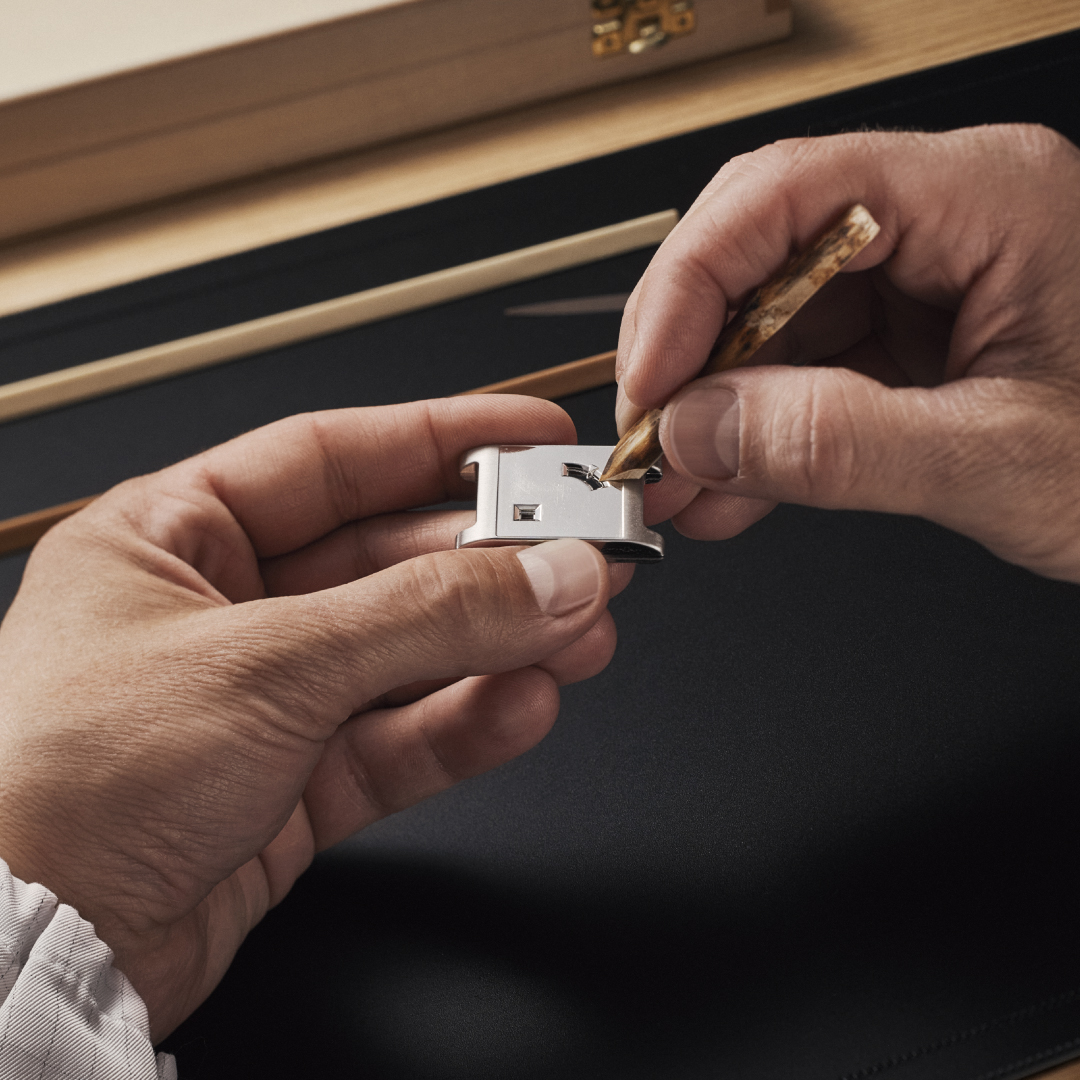
Shaped cases: a technical feat
The Cartier signature is also that of inimitable cases: Tank, Santos, Ballon Bleu, Crash... To shape these volumes, the watchmaker uses stamping (applying pressure of over 125 tonnes to the material in a steel mould), followed by precision machining and hand polishing. Shaping the unique curve of a Crash watch, for example, is a real tour de force, often requiring more than 50 operations and the involvement of various craftsmen. The Baignoire de Cartier watches, with their distinctive oval shape, also demonstrate this exceptional mastery of shaped cases.
The glass is also hot-moulded, curved with a flame at up to 600°C, then delicately polished to fit specific cases, particularly tank or barrel cases. The quality of the finished product is judged by the eye and expertise of the craftsman. Cartier's Tank Américaine watches, with their elongated, curved cases, represent a particular challenge in this manufacturing process.
The diversity of Cartier's collections demonstrates its ability to master all watch shapes. From the clean lines of Cartier's Tank Solo watches to the sensual curves of Cartier's Tank watches for women, each model requires specific techniques. Cartier's Tank watches for men often feature more imposing dimensions, requiring adjustments in the manufacturing process.
Quality control and innovation
Every Cartier watch undergoes rigorous quality controls at each stage of its development: water resistance, precision, shock resistance, and material integrity. This high standard guarantees a timepiece that will last for generations.
Cartier also strives to pass on its expertise: the Maison invests in training new craftsmen, preserving traditional skills that are under threat, and technological innovation to imagine the watchmaking of tomorrow without ever sacrificing the soul of the craft.
A Cartier watch is never the result of chance. Behind each piece lies the passion, expertise, and obsession with detail of a hundred different crafts. Cartier's manufacturing secrets transcend the object itself: they tell the story of a house where time is patiently crafted by hand to offer each
wrist a distillation of elegance and ingenuity. Wearing a Cartier piece means wearing a living heritage of creation, emotion... and well-kept secrets.
It is this heritage of technique and expertise that our Auberi boutiques want to pass on to you. When you visit us on the French Riviera, you will be immersed in the intimacy of the Cartier workshops and have the opportunity to treat yourself to a piece of legend, a timeless artistic creation.
Discover Cartier at AUBERI


Panthère de Cartier Watch Small Model
22 mm yellow gold case, quartz movement, yellow gold bracelet


Cartier Tank Française Large Model Watch
36.7 mm steel case, self-winding movement, steel bracelet
AUBERI MOMENTS

The 2009 Renaissance

Manufacturing Secrets : Cartier Watches

The watchmaking heritage of Cartier




